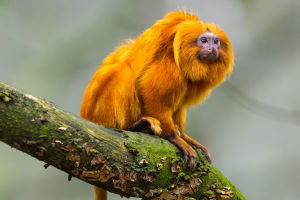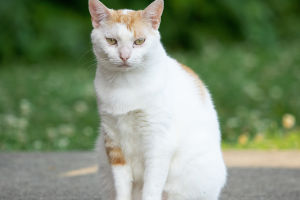Hi Lykkers! From elephants roaming open plains to tiny frogs hidden deep in the rainforest, the planet’s wildlife is incredibly diverse—but also increasingly at risk. Every day, species are pushed closer to extinction due to human activity, environmental changes, and habitat loss. The good news? There are powerful global efforts underway to protect them, and you can be part of that movement too.
In this guide, we’ll explore what’s threatening endangered species and highlight some of the global initiatives working to keep them safe. We’ll also share how you—yes, you—can play a role in wildlife conservation, even from your own neighborhood. Whether you love nature, enjoy travel, or simply want to leave a positive footprint, this guide is for you.
Part 1: Understanding the Threats to Wildlife
Let’s start with the big picture. Wildlife species are facing more challenges than ever, and understanding these threats helps us know where change is needed.
Habitat Loss and Fragmentation
Forests cleared for agriculture, wetlands drained for development, and urban sprawl are some of the leading causes of habitat loss. Animals that once roamed freely now face shrinking homes and broken migration routes. When habitats disappear, species are forced into smaller, disconnected areas, making it harder to find food, shelter, or mates.
Illegal Wildlife Trade
Sadly, some animals are hunted or captured for profit—whether it’s for fur, traditional medicine, or to be sold as exotic pets. This black-market trade often targets endangered species and pushes already vulnerable populations closer to collapse.
Pollution and Climate Change
Trash in the ocean, pesticides on crops, and greenhouse gas emissions are all making life harder for wild animals. Climate shifts disrupt food chains, alter migration paths, and make habitats unlivable. From penguins in melting ice caps to coral reefs struggling to survive, the effects are global and growing.
Human-Wildlife Conflict
As human populations expand into wild areas, conflicts can arise. Farmers may harm predators to protect livestock, or wild animals may be displaced into unfamiliar spaces. Balancing human needs with wildlife protection is a challenge that requires creative and compassionate solutions.
Part 2: Global Conservation Efforts and How You Can Help
Now that you understand the challenges, let’s talk about the inspiring work being done to protect endangered species—and how you can support those efforts from wherever you are.
Protected Areas and Wildlife Corridors
Around the world, national parks and wildlife reserves are set aside to give animals a safe space to live and reproduce. Some conservation groups are even creating “wildlife corridors” that reconnect fragmented habitats, giving animals room to roam again. By supporting these projects, you’re helping restore balance to natural ecosystems.
International Agreements and Organizations
Groups like the IUCN (International Union for Conservation of Nature) and CITES (Convention on International Trade in Endangered Species) work globally to protect wildlife. They help identify at-risk species, regulate trade, and set protection standards. When you back their efforts or raise awareness about their work, you’re giving animals a stronger voice on the world stage.
Everyday Actions That Make a Difference
Even small changes in your daily routine can support wildlife. Try choosing sustainably sourced products, reducing plastic use, and avoiding souvenirs made from endangered species. You can also donate to reputable conservation groups, volunteer locally, or participate in citizen science projects that monitor bird or butterfly populations.
Spread the Word and Inspire Others
The more people who care, the more powerful conservation becomes. Share what you learn with friends or on social media. Support wildlife-friendly policies in your area. And if you travel, be a responsible tourist—respect nature, avoid disturbing animals, and support eco-friendly businesses.
So Lykkers, wildlife conservation isn’t just about saving individual species—it’s about protecting the beauty, diversity, and balance of our planet. By learning about the challenges, supporting smart solutions, and making thoughtful choices, you’re becoming part of a global movement for good. The wild world needs defenders, dreamers, and doers—and that includes you. Let’s help ensure future generations can experience the wonder of wildlife, not just read about it in books.


